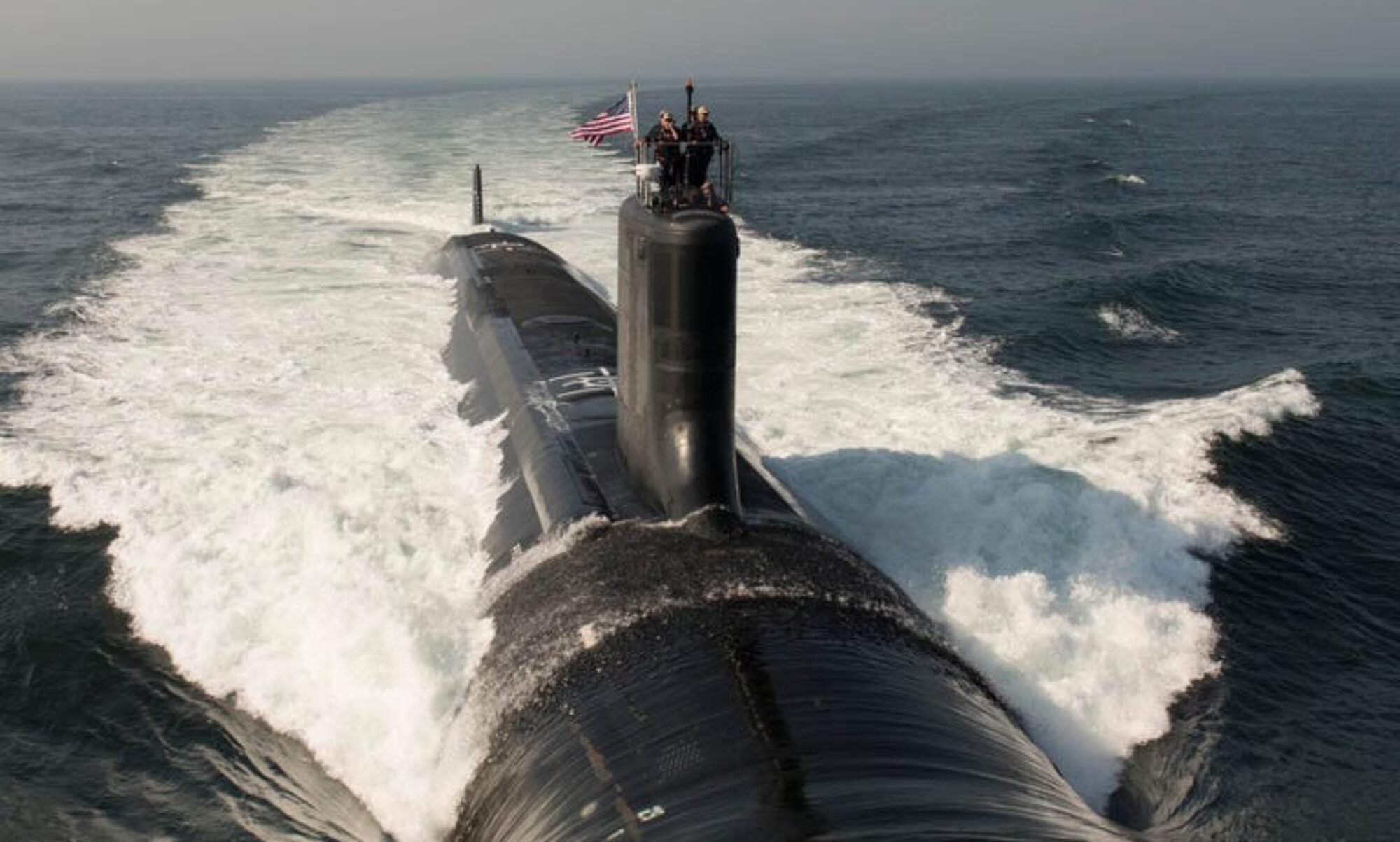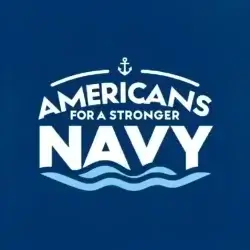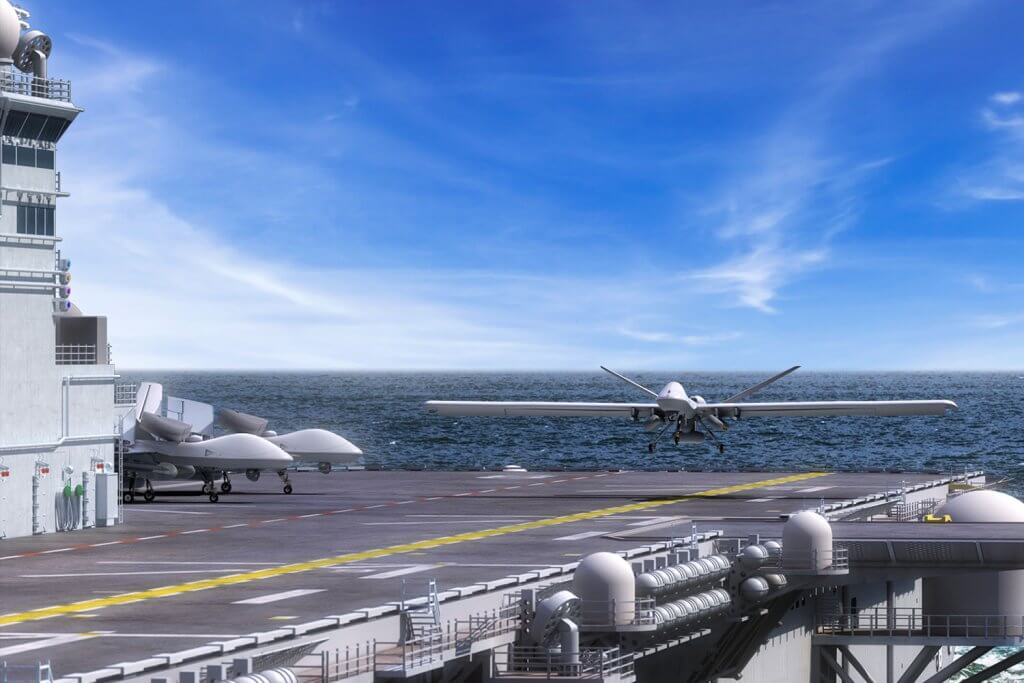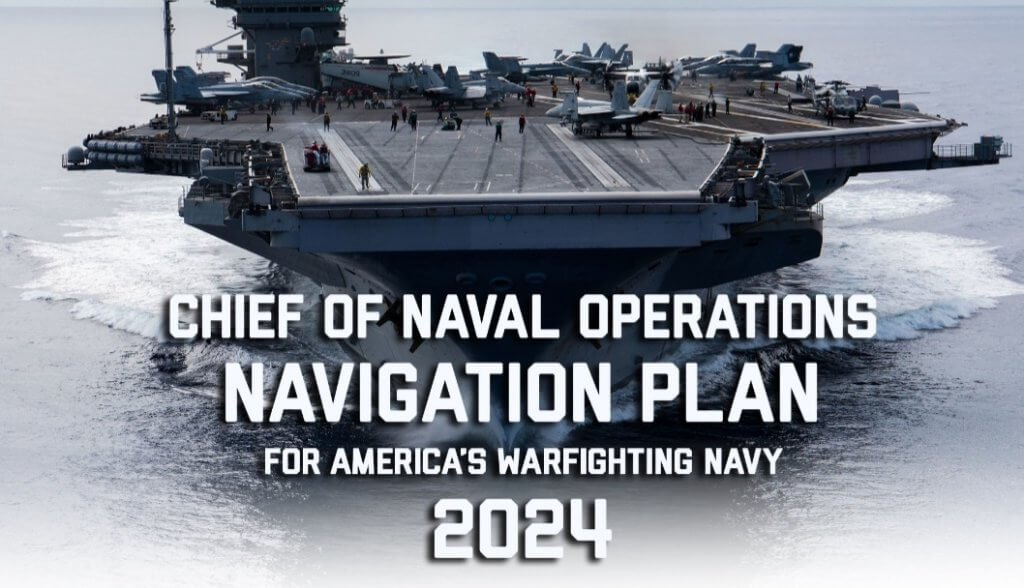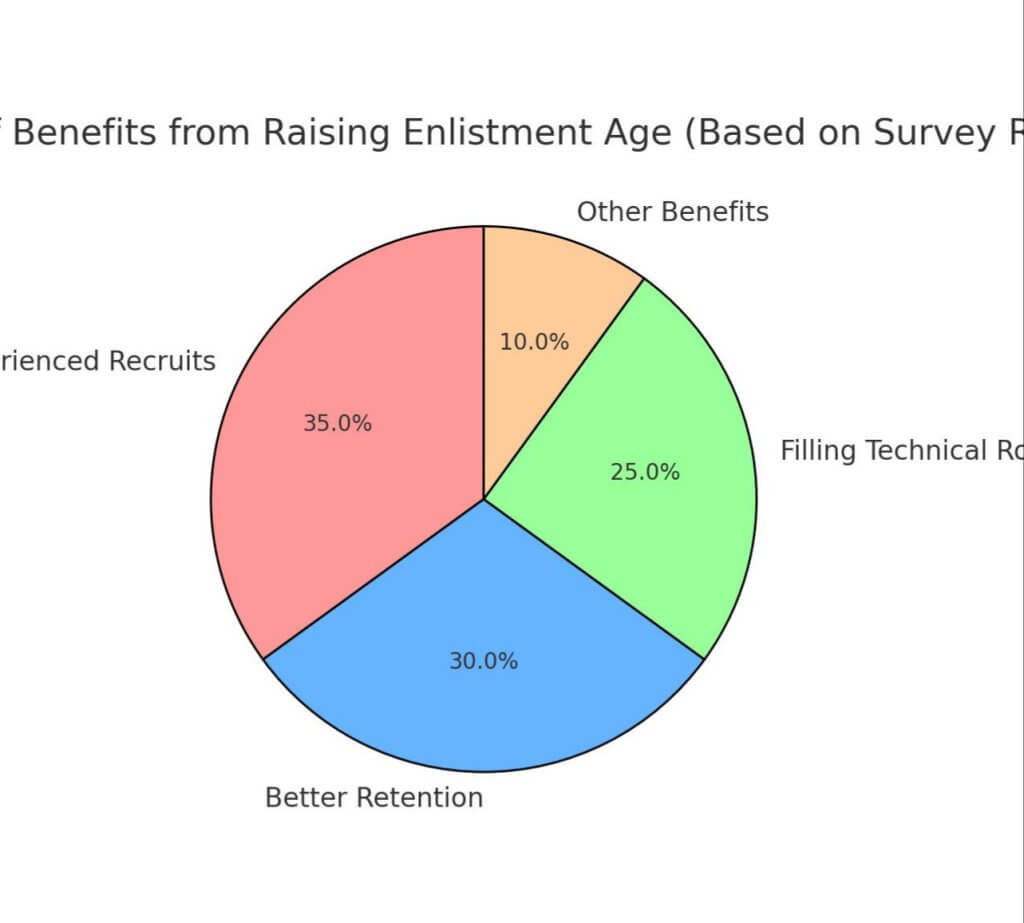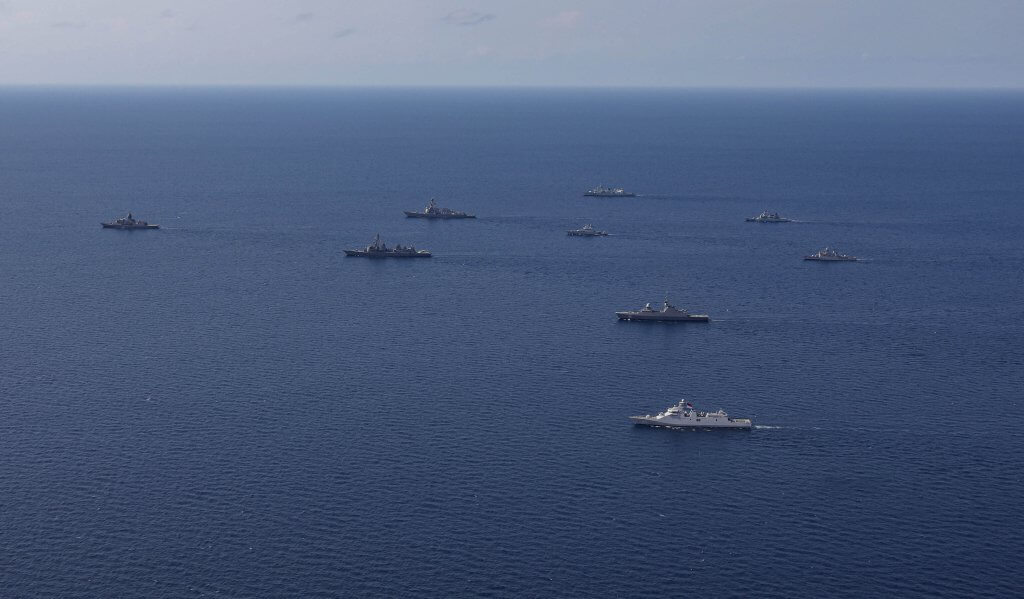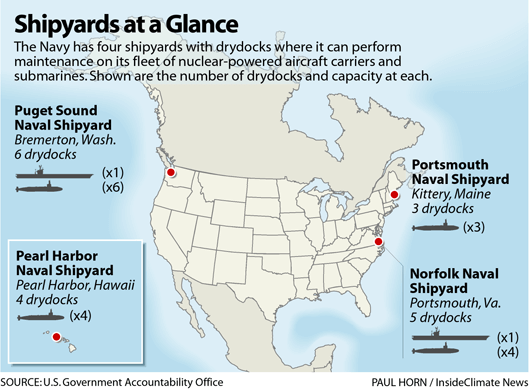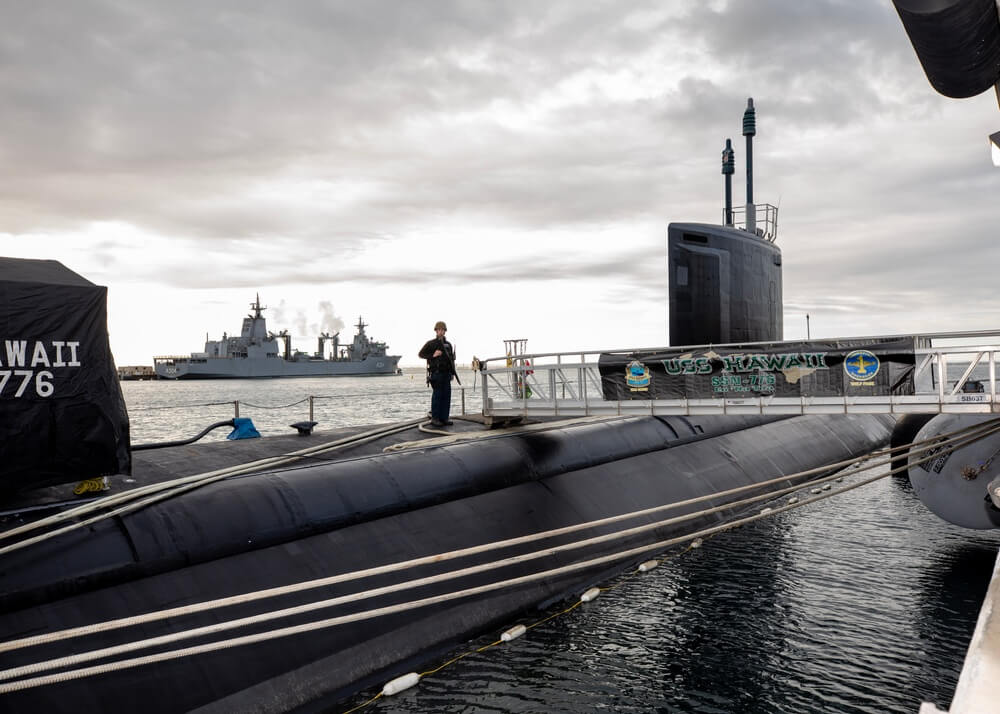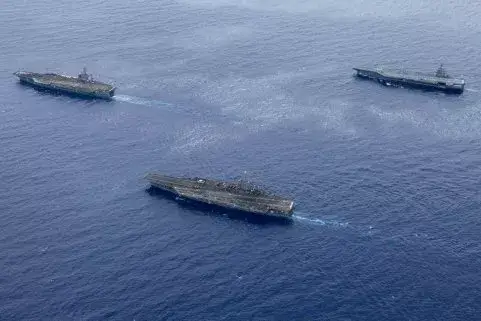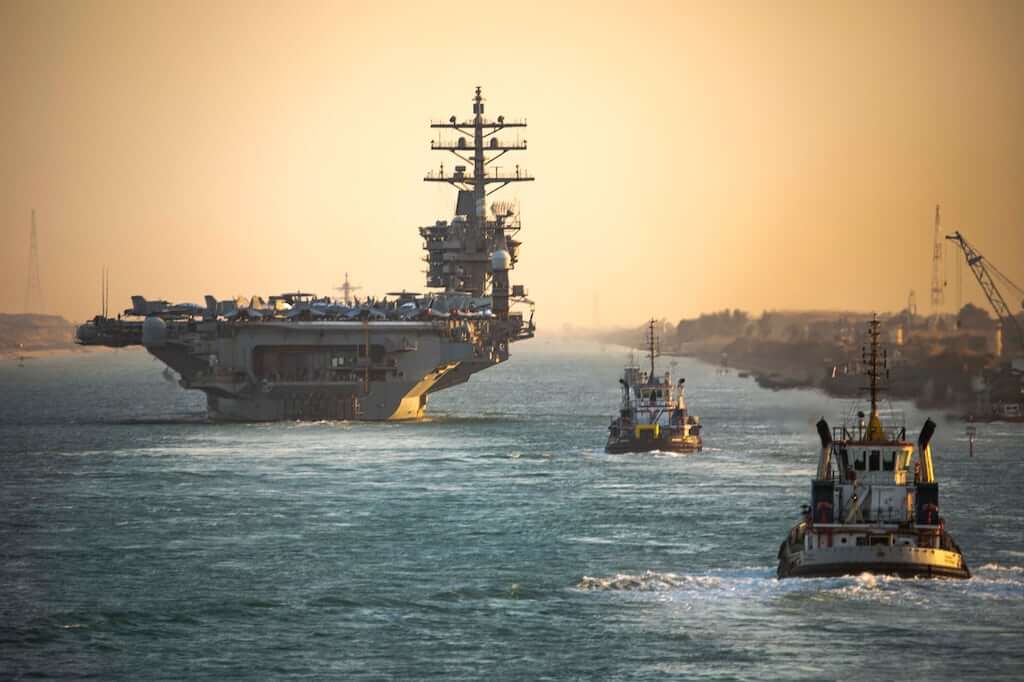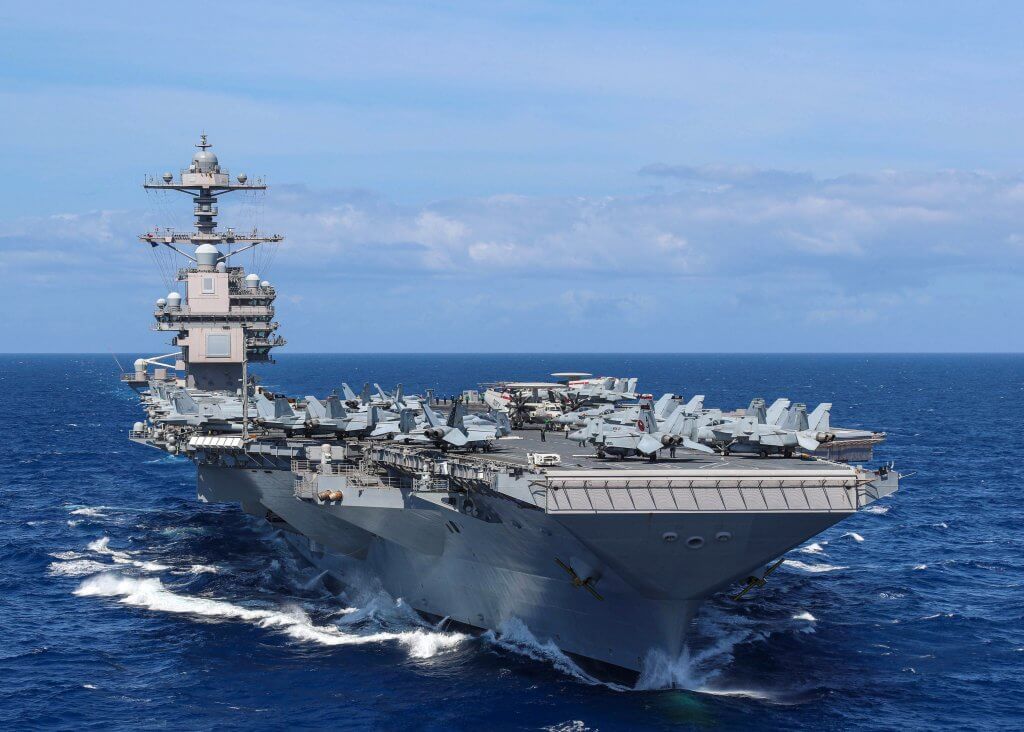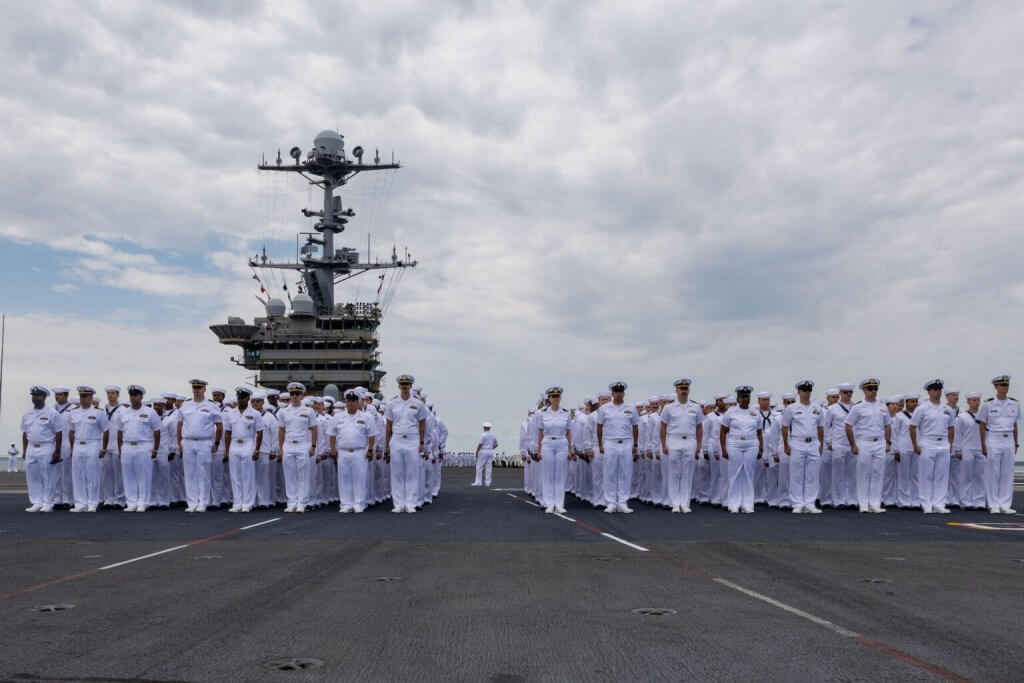
Introduction:
We take a break from this weeks series covereage on the U.S. Navy Project 33 for weekly U.S. Naval news. This week’s U.S. Navy news reflects the Navy’s continuous efforts to maintain maritime dominance, international collaborations, and strategic readiness. From enhanced partnerships in the Arctic and Pacific to expanding shipbuilding capabilities, the Navy remains committed to ensuring global security and operational effectiveness. This roundup captures the dynamic developments shaping the U.S. Navy’s mission and its response to emerging threats.
U.S. Navy Global Engagement and Readiness
USS Harry S. Truman Deploys Amidst Global Tensions The aircraft carrier USS Harry S. Truman and its strike group deployed from Naval Station Norfolk, Virginia, on September 23rd. While the Navy announced this as a regularly scheduled deployment to the European theater, previous East Coast carrier deployments have seen their plans uprooted due to ongoing conflicts, particularly between Israel and Hamas, which have threatened to broaden into a larger Middle Eastern conflict.
Chief of Naval Operations Meets Brazilian Navy Commander Adm. Lisa Franchetti, the Chief of Naval Operations, met with Commander of the Brazilian Navy Adm. Marcos Sampaio Olsen during the Inter-American Naval Conference in Rio de Janeiro, Brazil. They discussed strengthening naval partnerships, the significance of their 200 years of diplomatic relations, and the strategic importance of enhancing interoperability and regional security.
USS Leyte Gulf Decommissioned The USS Leyte Gulf (CG 55), a Ticonderoga-class guided-missile cruiser, held its decommissioning ceremony at Naval Station Norfolk on September 20th. The ceremony honored the ship’s 37 years of distinguished service, with Vice Adm. Eugene Black III, a former commanding officer of Leyte Gulf, serving as the keynote speaker.
Operations and Exercises
U.S. Navy, Coast Guard, and Intelligence Leaders Engage in Japan Vice Adm. Karl Thomas and other senior U.S. Navy and Coast Guard intelligence leaders visited Japan from September 9-14. They met with Admiral Akira Saito, Chief of Staff of Japan’s Maritime Self-Defense Force, to discuss enhancing maritime security in the Indo-Pacific and the importance of allied partnerships in maintaining a free and open region.
USS Sterett Deploys Near Alaska Amid Russian Activity In response to increased Russian and Chinese military operations near Alaska, the USS Sterett, a guided-missile destroyer, has been deployed to the Alaskan coast. Alongside the Sterett’s deployment, fighter squadrons and other aircraft in Alaska have been placed on heightened alert to counter Russian naval exercises and air operations near U.S. airspace.
U.S. Navy Participates in Barents Sea Operations Four U.S. Navy ships and a Royal Navy ship conducted maritime security operations in the challenging environment of the Barents Sea on September 18th. The deployment included Arleigh Burke-class Aegis destroyers USS Donald Cook (DDG 75), USS Porter (DDG 78), USS Roosevelt (DDG 80), and the fast combat support ship USNS Supply, along with the Royal Navy’s HMS Kent (F 78). This operation aimed to assert freedom of navigation and demonstrate seamless integration with allies above the Arctic Circle.
Innovation and Technology
WindBorne Partners with the Navy to Advance AI Forecasting Technology WindBorne has begun a six-month partnership with the U.S. Navy to enhance its AI weather forecasting model, WeatherMesh. This collaboration will improve subseasonal forecasting and optimize tropical cyclone prediction, helping the Navy prepare for hazardous weather events and bolstering its operational readiness.
BAE Systems Wins U.S. Navy Contract for Digital Interrogator Systems BAE Systems secured a $19 million contract to develop and implement the UPX-24 target data-processor capabilities into a single digital interrogator solution. This advanced technology will help identify nearby forces, reduce friendly-fire incidents, and enhance decision-making capabilities on Navy ships.
Navy Partners with Private Industry to Grow Submarine Industrial Base Capacity In a groundbreaking collaboration, the U.S. Navy has partnered with private industry to expand submarine production capabilities. The initiative aims to rebuild a manufacturing base that has shrunk to one-third of its capacity over the past 30 years, ensuring that the Navy can meet the construction demands for Columbia Class and Virginia Class submarines.
International Partnerships
Chief of Naval Operations Presents Arctic Service Medal to Submariners Adm. Lisa Franchetti presented the newly established Arctic Service Medal to the crew of the Virginia-class attack submarine USS Indiana (SSN 789) and others who contributed to operations in the Arctic region. This medal recognizes their exceptional service and dedication in navigating the challenging Arctic environment and underscores the Navy’s commitment to maintaining strategic capabilities in the region.
U.S. Navy Partners with Private Equity to Revitalize Alabama Shipyard The U.S. Navy entered into a public-private partnership with the United Submarine Alliance Qualified Opportunity Fund to modernize the Mobile Naval Yard in Alabama. This investment will support the production of Columbia and Virginia Class submarines, strengthening the Submarine Industrial Base and enhancing American maritime dominance.
Argentina Joins Combined Maritime Forces Argentina officially joined the Combined Maritime Forces (CMF), contributing to multinational efforts to secure international waters against piracy and terrorism. This move enhances the operational reach of the CMF and strengthens Argentina’s role in global maritime security.
Security and Deterrence
USNS Big Horn Damaged Off the Coast of Oman The USNS Big Horn, the lone U.S. Navy oil replenishment ship in the Middle East, sustained damage and was towed to safety off the coast of Oman. The incident, which is currently under investigation, highlights the ongoing challenges faced by the Navy in a region with persistent threats.
China’s Shipbuilding Capacity Poses Strategic Challenges for U.S. Navy Recent assessments reveal China’s shipbuilding capacity is over 200 times greater than that of the United States, raising concerns about the regional balance of power in the Indo-Pacific. Despite maintaining a significant advantage in aircraft carriers, the U.S. Navy faces the challenge of expanding its industrial base to meet emerging threats and match China’s rapid naval expansion.
China Watch
Chinese Warplanes Tail U.S. Navy Plane Through Taiwan Strait Chinese military aircraft closely followed a U.S. Navy P-8A Poseidon as it transited the Taiwan Strait. The U.S. maintains that such operations comply with international law, while China continues to claim sovereignty over the strait, viewing these transits as provocative.
Russia Watch
Russia Conducts Naval Exercises in the Arctic Russia’s recent naval exercises in the Arctic have demonstrated its intention to project power in the region, highlighting the increasing competition over Arctic resources and influence. The exercises underscore Russia’s goal to assert dominance in the high north, a region of growing strategic significance.
Iran Watch
Tensions Rise With Iran After USS Georgia Deployment Following the deployment of the USS Georgia to the Middle East, Iran has issued warnings against U.S. military actions in the region. Coupled with ongoing Houthi attacks on shipping lanes, this has further escalated tensions, with the U.S. Navy maintaining a strong presence to protect vital maritime routes in the Red Sea and Gulf of Oman.
Conclusion: This week’s news underscores the U.S. Navy’s commitment to maintaining readiness, fostering international partnerships, and adapting to evolving maritime challenges. The actions and engagements reflect a robust approach to addressing global security concerns while enhancing the capabilities that underpin the Navy’s mission.
Stay tuned for next week’s U.S. Naval News stories, underwritten by Americans for a Stronger Navy.
